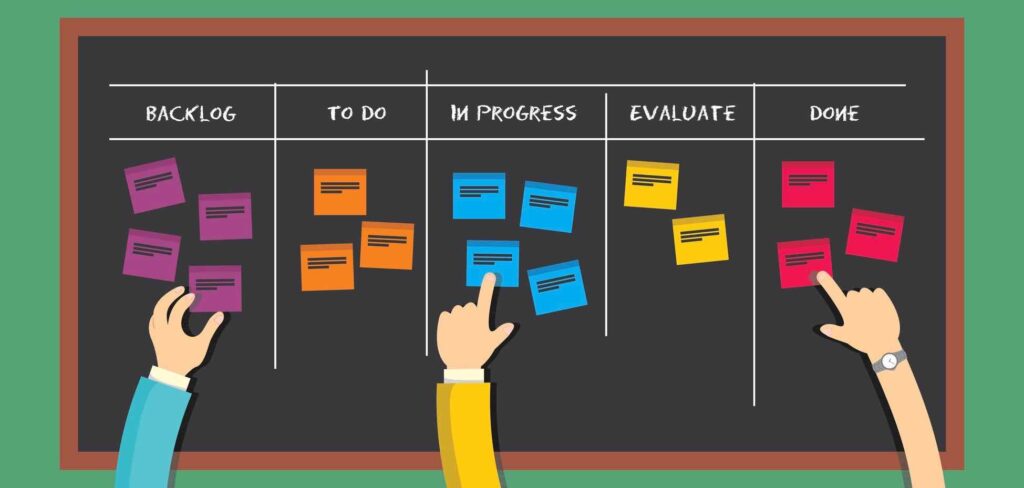How to use the backlog to improve team performance
The success of a project depends on many factors: the professionalism of the team, the availability of necessary resources, and others. However, the right organization of the process, a well-thought-out list of tasks, and clear requirements for each specialist play an important role. For this purpose, a product backlog is used, which can greatly simplify the planning of each stage of work, set deadlines for releases, and determine priorities.
According to this concept, tasks are placed according to their degree of importance, and the basis is a project roadmap. When using such a project management model, the most important items of work are recorded at the beginning of the list. This allows the team to know which tasks need to be done first, and which can be pushed back a bit.
This approach is used with different concepts, for example, the backlog in Scrum involves working on tasks in the form of iterations, thereby improving the quality of execution. It should be noted that when building a process with a backlog, the speed of implementation of each item of the plan is determined by the team itself, not the customer. He, in turn, has no influence on the work, but only checks the product within the set release dates. As for the application of backlog in Kanban, here the tasks can be performed continuously but taking into account their priority.

The basis for organizing the work is a roadmap and a list of requirements for it. It is divided into certain epics, each with several requirements.
Now you need to prioritize the backlog – prioritize the tasks according to their importance. This takes into account a number of factors: importance to the customer, complexity/ease of implementation, interrelation of tasks, and need for feedback or control. The goal is to optimally distribute the load between the team members and provide them with the necessary resources to perform their tasks.
Backlog tasks should be reviewed regularly so that specialists can make timely edits, and adjust the process, which increases the efficiency of project implementation.
Over time, the backlog can become quite large, and for convenience, tasks in it are divided into short-term and long-term. The former requires a thorough elaboration, including taking into account user histories and the involvement of various specialists. In the case of long-term tasks, their mechanism can be analyzed in less depth. They are first given a rough estimate, and this will change as the project progresses. It is also convenient to work with backlog templates, where the main points are highlighted. Users only have to enter their data and supplement it as needed.
The approach is quite versatile, it is used in various project management concepts, and it is perfectly compatible with the cascade model. It allows you to more accurately prioritize work and the relationship between tasks, as well as clearly identify customer requirements and wishes, which increases the success of the final product.




